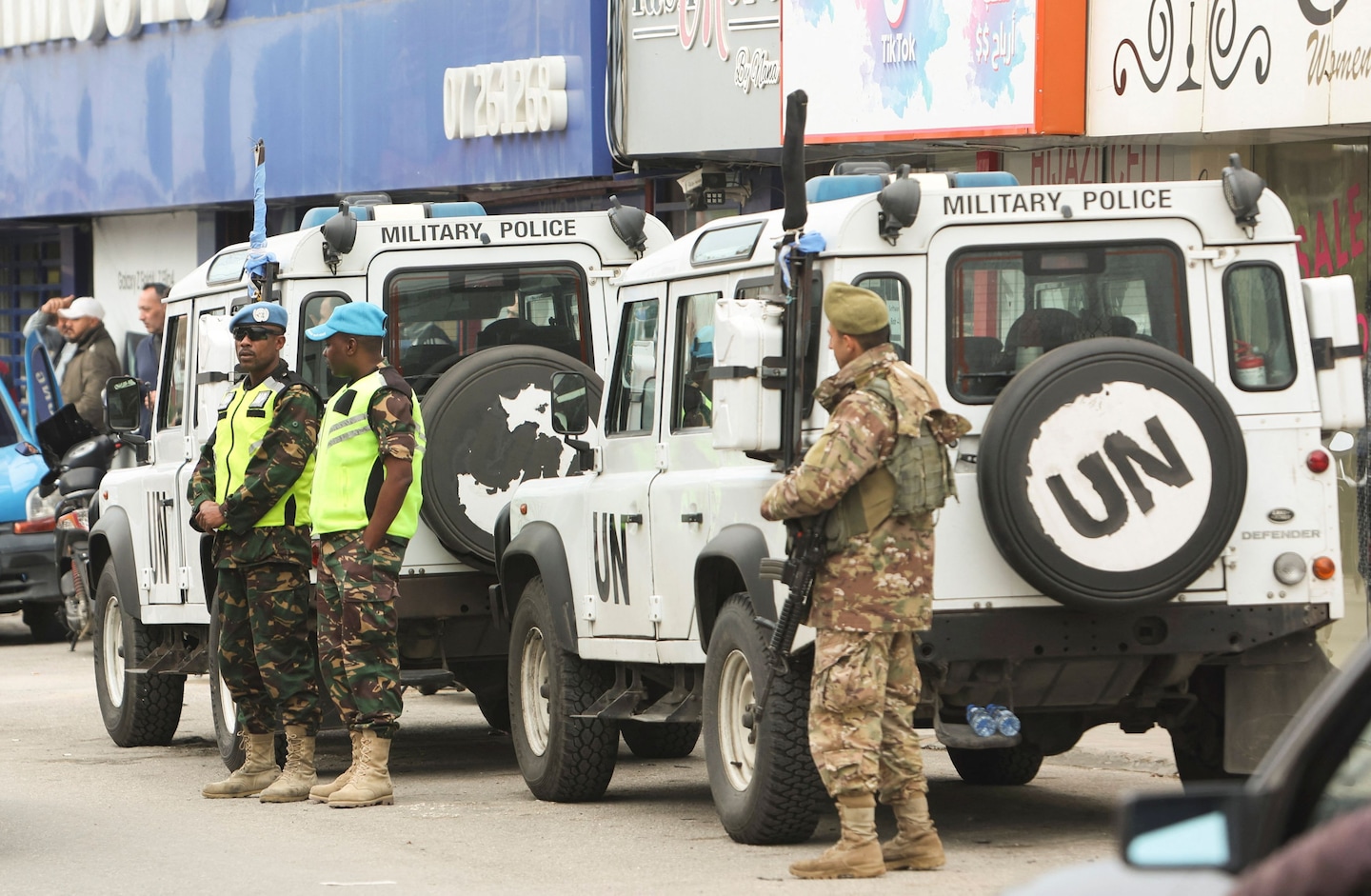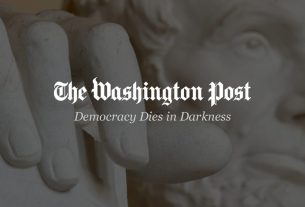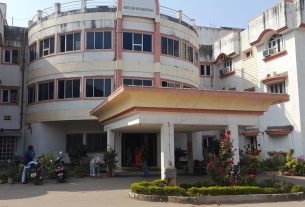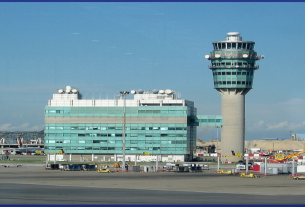According to UNIFIL’s statement Thursday, one vehicle ended up in al-Aqbieh, a village south of the coastal city of Sidon, which lies just outside the mission’s area of operations in south Lebanon.
The details of the attack are “sparse and conflicting” said the statement, which added that it is coordinating with the Lebanese Armed Forces and has launched an investigation into the incident. After expressing condolences, it added, “our thoughts are also with the local civilians who may have been injured or frightened in the incident.”
One video circulating on social media showed a white vehicle affixed with a UNIFIL number plate lying on its side, its back window smashed. In the short video, a man in fatigues is half lying on the ground, moving his torso and arms slowly in a dazed manner. Behind the vehicle behind him is a store’s half-destroyed shutters.
Another video purportedly from the village overnight showed a white vehicle emerge from a throng of cars, as gunshots can be heard and sparks appear to emanate from the back of the car. The videos could not be independently verified.
Ireland’s defense forces said the four personnel were taken to a hospital near Sidon, where one soldier was pronounced dead on arrival, and another had undergone surgery and is in serious condition. The other two are being treated for minor injuries.
The remaining 4 personnel from the convoy were not injured and are safe & accounted for.
The names of personnel are not being released at this time, but the families of those involved have been informed.
A full investigation will commence into this incident.
4/4 pic.twitter.com/AVX4l3ndxR
— Óglaigh na hÉireann (@defenceforces) December 15, 2022
Simon Coveney, Ireland’s minister of defense and of foreign affairs, said in his own statement that he will be meeting with the U.N. secretary general “to discuss the loss of our peacekeeper and the full investigation that must now follow.”
The last fatal attack on UNIFIL peacekeeping personnel was in 2007, when six Spanish peacekeepers were killed in a bomb close to the Lebanese-Israeli border. No one claimed the attack, which took place a year after the month-long 2006 war between Israel and Hezbollah, the country’s current strongest political party and most powerful armed force.
The south of the country is Hezbollah’s heartland, where the group, alongside its ally Amal, hold sway.
The 2006 conflict killed at least 1,100 Lebanese, the vast majority civilians, Human Rights Watch estimated. Following the war, the U.N. Security Council significantly boosted UNIFIL’s numbers, from about 2,000 before the war to 15,000 military personnel, and expanded its original mandate.
Since, there have been sporadic attacks on troops, though mostly modest.
Al-Akhbar, a newspaper closely affiliated with Hezbollah which often publishes leaks sanctioned by the group, said according to its preliminary information, a group of young men from the area tracked a vehicle that took the seaside road, noting the atypical route for UNIFIL vehicles which usually take the highway.
The group, allegedly alarmed at seeing the vehicle operating late and outside UNIFIL areas of operation, tried to stop it. The driver refused and then drove over one of the men’s feet when attempting to leave, sparking anger among those who had surrounded the vehicle.
The details of what followed are murkier: Bullets came from an unidentified source, the paper said, angering the crowd and causing the car to drive quickly before striking a shop.



